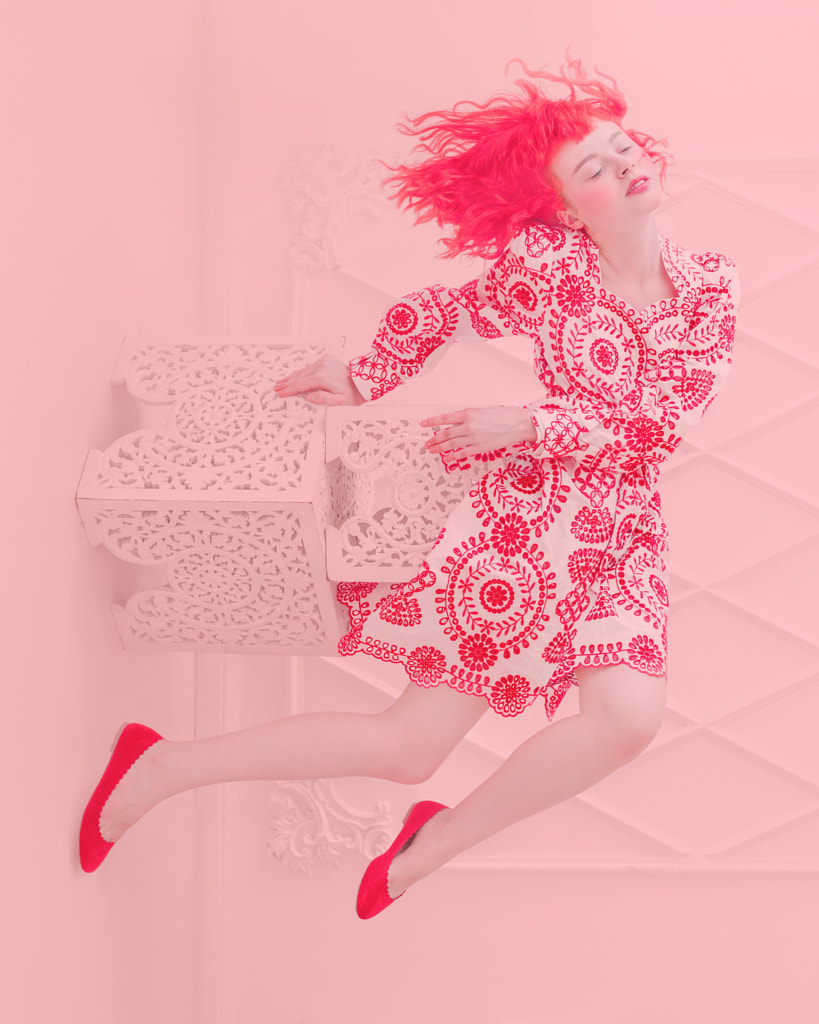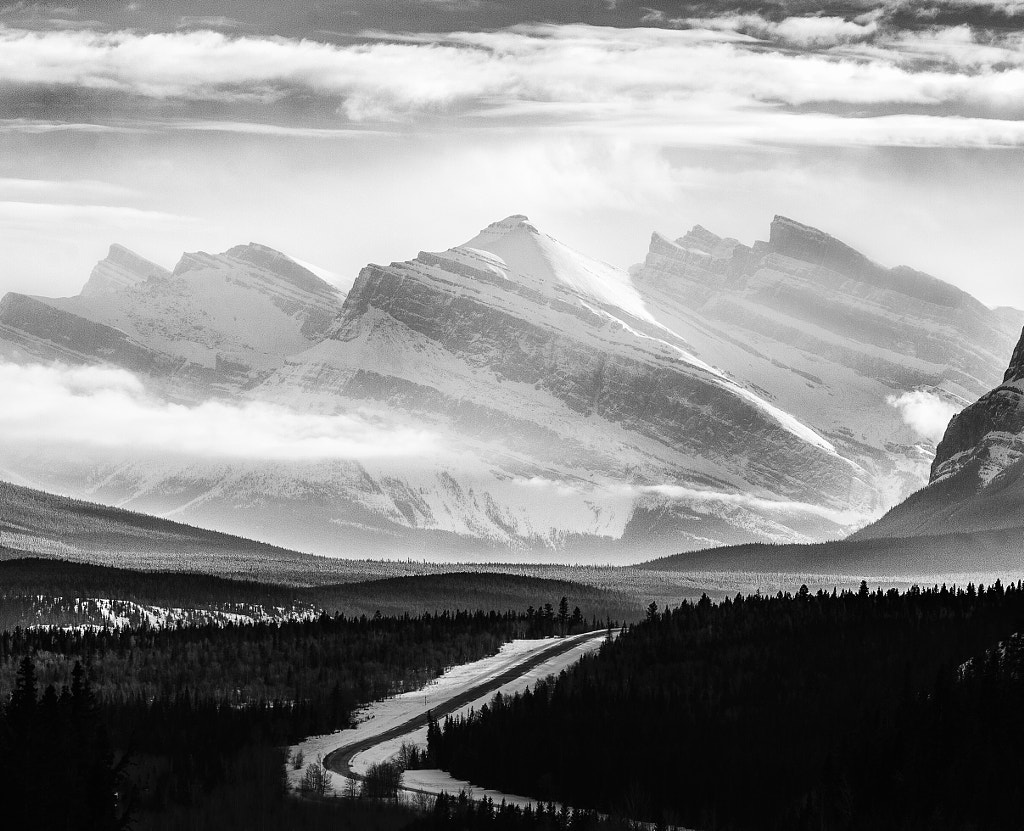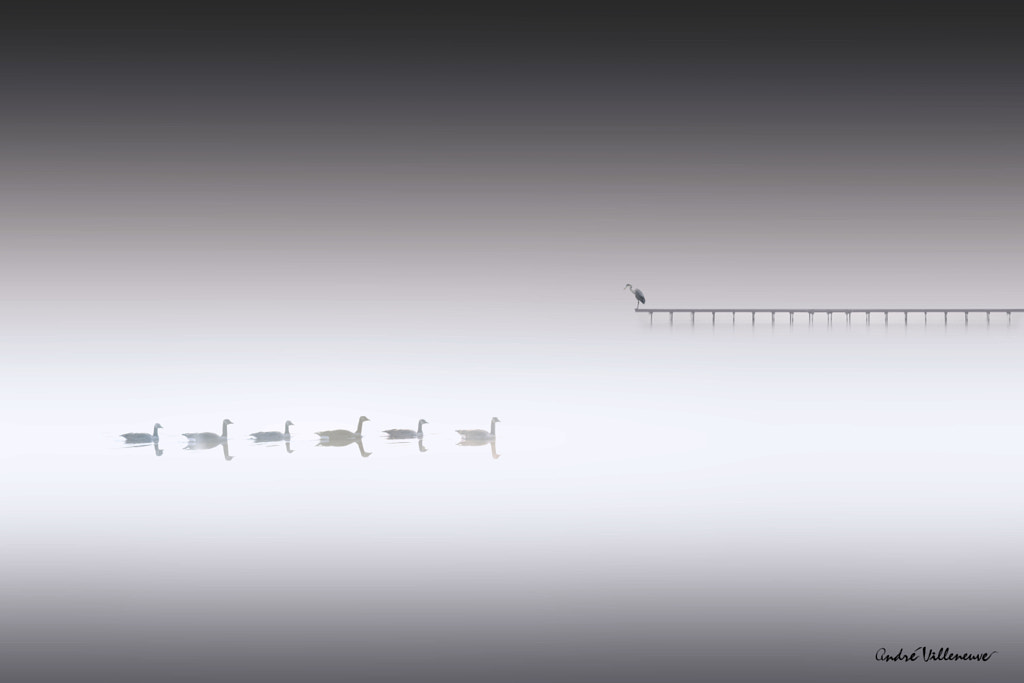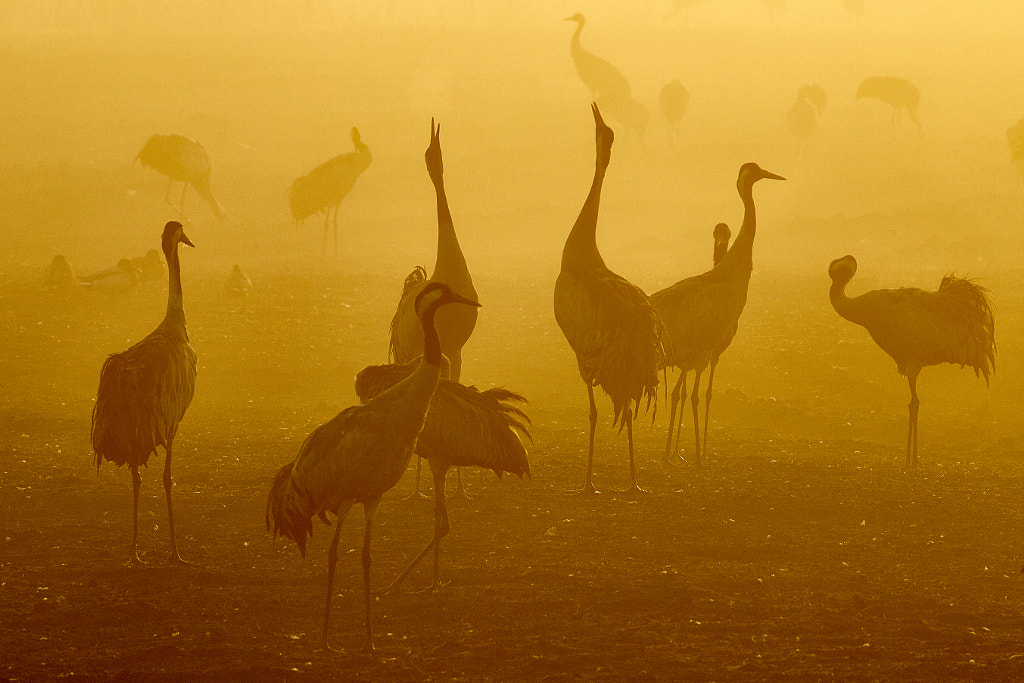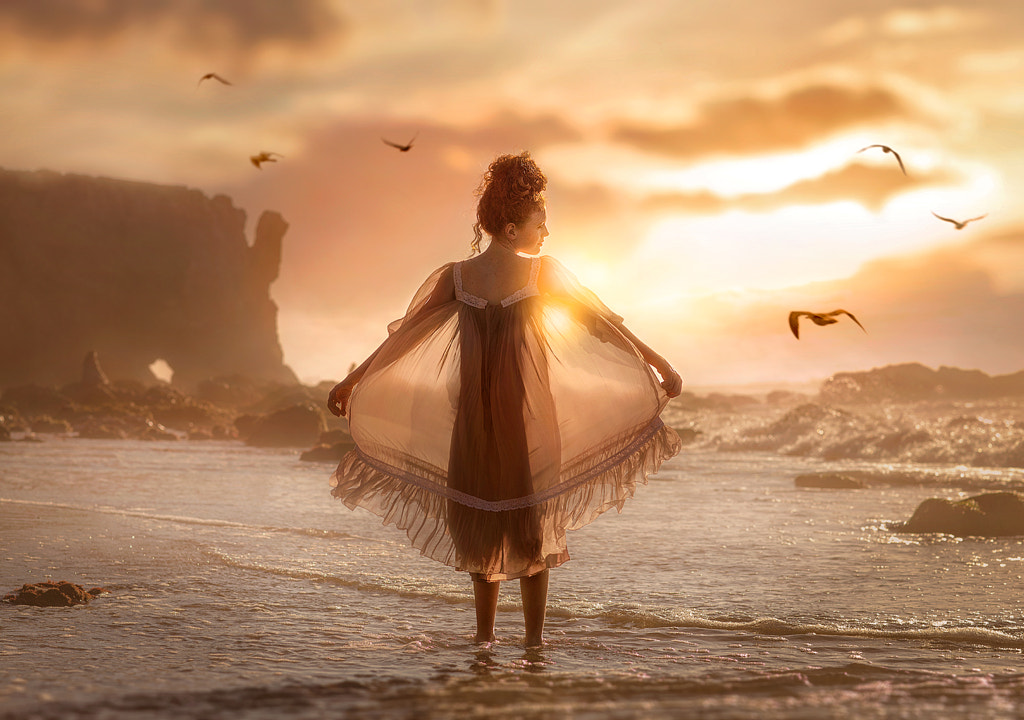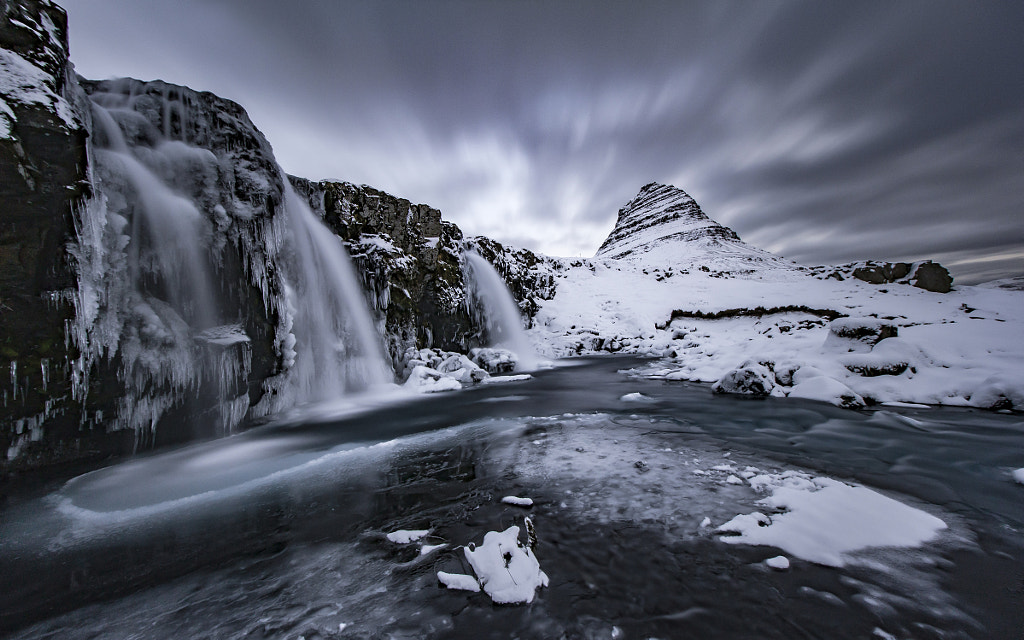Easy methods to use a monochrome shade palette to raise your images

If you happen to’re a movie buff, you already know that some motion pictures revolve round a single shade. The Matrix, for instance, contains scenes with a signature inexperienced hue, meant to characterize the digital world. Wes Anderson famously used variations of pink in The Grand Budapest Lodge. The Three Colors trilogy, a collection of French movies by Krzysztof Kie?lowski, use blue, white, and crimson, respectively.
In artwork and design, a monochrome shade palette makes use of one hue solely, usually with various saturations or values. These schemes can heighten the emotion or thought behind iconic movies, they usually can be utilized equally in nonetheless images. On this fast information, we’ll discover easy methods to use these palettes to your benefit.
A fast be aware on language
Whereas “monochromatic” and “black and white” are sometimes used interchangeably in images, they imply various things. All black and white pictures are monochrome, however not all monochrome photographs are black and white. Some examples of photographs which are monochrome however not black and white could be cyanotypes, with their attribute Prussian blue, or heat sepia photographs.
Monochrome photographs could be any shade, so long as they solely use various tones of that hue. Monochrome moments can typically be present in the actual world—for instance, in pure landscapes of 1 major hue. Different photographers, like 500px Ambassador Renat Renee-Ell, may rigorously choose areas, wardrobe, and props particularly to observe a monochrome shade scheme. This strategy takes time, but it surely usually pays off.
Lastly, many photographers select to boost or create the monochrome impact in post-production to raise a particular temper or environment. On this story, we’ll focus totally on easy methods to shoot with a monochrome shade palette in thoughts, reasonably than easy methods to convert a picture from shade to monochrome in publish, however this could simply be completed in Adobe Lightroom or a comparable app. Presets may present a pleasant level of departure; from there, you possibly can tweak to style.
For extra about black and white images particularly, check out this article.
Why monochrome?
The reality is that some pictures work in monochrome, whereas others find yourself wanting flat or muddy. The monochrome strategy could be particularly efficient when you’ve got an excellent composition, a variety of lights and darks, and attention-grabbing particulars and shapes.
Limiting your self to only one hue may eradicate distractions and assist distill {a photograph} to solely its most important components. In the very best instances, the place the artist had a transparent motive for selecting monochrome, it will probably create an impact that’s without delay delicate and dramatic.
Tip #1: Isolate your topic
One hazard in monochrome images is letting your topic fall away or grow to be muddled with the background; in any case, the foreground, background, and center floor will all be the identical hue. Fortunately, there are a lot of methods round this drawback. The primary, and maybe most evident, is to make use of lights and darks to create distinction. Select a lightweight topic and a darkish background, or vice versa.
Trace: If in case you have a lightweight background and darkish topic, attempt utilizing backlight, exposing for the background, and letting your topic fall into silhouette. Silhouettes could be particularly highly effective in monochrome.
One other solution to create that separation could be to open up your aperture. This methodology is especially in style in portrait images: with a shallower depth of discipline, you possibly can maintain your topic in focus whereas creating fairly background blur or bokeh behind them.
Tip #2: Embrace pure mild
Today, you are able to do nearly something with shade in post-production, from boosting the saturation to introducing tons of distinction—however that doesn’t imply you must. The very best modifying is commonly essentially the most pure, and whereas monochromatic pictures may provide you with extra freedom and inventive license, that rule nonetheless holds.
Fortunately, there are some pure lighting conditions that may lend themselves to an nearly monochrome palette, together with the appropriately named “blue” and “golden” hours round dawn and sundown. Whereas the blue hour may work greatest for lonely winter landscapes, the golden hour can deliver a way of heat and nostalgia to in any other case peculiar scenes. Contemplate these situations when selecting areas, and be happy to boost the temper in post-production, utilizing a lightweight contact.
Tip #3: Search for texture
Monochrome photographs don’t have shade distinction, so one solution to create curiosity is by introducing texture, whether or not it’s a tough and craggy panorama or the silky floor of a physique of water. Textures look greatest when lit from the facet, so take note of the place your mild supply is in relation to your topic. Modify your place accordingly, or plan your shoot for when the solar will likely be within the ideally suited spot within the sky.
Tip #4: Introduce movement
Motion, like texture, may also help deliver drama to a scene that lacks shade distinction. If you happen to’re taking pictures landscapes, you possibly can incorporate movement by utilizing long exposures to blur clouds or waves. Usually, dramatic, cloudy skies work greatest in monochrome, as plain skies can look boring with out these attribute streaks of shade.
Tip #5: Simplify your composition
Finally, monochromatic images is about stripping your composition again to its important components. For that motive, a monochrome palette usually works properly with minimal compositions. Search for textures, strains, and shapes, however keep in mind to be simply as deliberate about what you don’t embrace as you’re about what you do. Subtract distracting components by transferring round, and place your topic the place it’ll stand out (for instance, utilizing the rule of thirds). A monochrome shade palette can encourage you to get again to the fundamentals and deal with what issues most.
Lastly, you don’t essentially must create a strictly monochromatic photograph to reap the advantages of this type of shade palette. Typically, one hue will dominate a scene, showing in a number of shades, tints, and tones—however with the occasional look of one other hue. In that case, you wouldn’t have a pure monochrome image, however perhaps the picture works higher that manner.
In any case, understanding easy methods to work with lights and darks and intense or desaturated variations of 1 hue will show you how to perceive easy methods to use a monochrome palette as a instrument which you can adapt to your wants—reasonably than a rule that must be adopted.
Not on 500px but? Sign up here to discover extra impactful images.
